Heart-rending pictures and stories of the flood victims in Northern Mindanao become even more so amid the lights and laughter, good food and family gatherings of the Christmas season. In my case, they also bring back recollections of 30 years ago.
I was having lunch in a Roman restaurant with a TV reporter who was to cover the trip of Pope John Paul II to the Philippines and wanted some background. She was a tough, little lady who had reported on wars and natural calamities in Africa and the Middle East (she was to go on to write at least two books on the violence and non-violence of Islam). Over lunch she told me that the previous Christmas had been the “saddest and most meaningful” of her life.
Before Christmas that year, there had been a severe earthquake in the mountains of southern Italy. The peasants there had built their homes out of stones from their fields, and with the shock of the earthquake the houses collapsed and almost 3,000 people died under those stones. There were scenes as heart-wrenching as those which we see from Cagayan de Oro and Iligan these days. It was raining and snowing; roads had been destroyed so help was slow in coming. People were sleeping in the open, the living among the dead.
By Christmas Eve, my friend and her cameraman had gotten there. Making their way up a broken street, they saw something unusual coming toward them, a group of people in a sort of procession. The cameramen shouted, “I can’t focus; my eyes are filled with tears.” Coming along the road was a young woman dressed as Mary with child, and a man dressed as St. Joseph beside her, going from house to house, begging for a room for the night—the Italian version of our Panuluyan. Homeless men and women, some of whom had lost everything, walking with the homeless Christ!
It suddenly hit my friend that these simple Italian peasants were telling her something very profound. The Son of God had not become man in order to take away our troubles and sufferings with the wave of a wand, like a magician. He had come to share them to the full and, by remaining faithful to the Father’s will, to triumph over them and lead us to the Father’s home.
This insight has remained with me for 31 years, though I cannot claim to have always been faithful to it. It is an antidote or balance to a sentimental “Sweet Babe of Bethlehem” view of Christmas and indeed of Christianity. For the Gospel accounts, while reporting the angels singing glory to God above and announcing good news to the shepherds, do not soften the poverty, cold and dampness of the stable below.
Indeed, the shepherds themselves, while perhaps representing Christ’s ancestor, the shepherd and king David, symbolize more than that. In the first century shepherds were outcasts among the Jewish people, living in the fields where water was scarce and so they were unable to practice the ritual ablutions of the Mosaic law. They were non-persons to observant Jews. Instead of the little shepherd boy cuddling a baby lamb, found in many Belens, we might think of the “mangy, bathless, stinking shepherds,” according to a modern Scripture scholar, “who in their ritual uncleanness are an encouragement for all who lack religious status.” It was such as these, the “publicans and sinners” who were to be the primary recipients of the Lord’s message.
Even the account of the Wise Men coming to worship the newborn King contains a note of foreboding. King Herod does not join them; rather he plots the death of Jesus, and the dark shadow of another King Herod—who will have Him mocked before His execution—falls on the scene in the manger.
Looking ahead we can see the aged Simeon holding the Babe in his arms and saying to His mother, “You see this Child: He is destined for the fall and the rising of many in Israel, destined to be a sign that is rejected—and a sword will pierce your own soul too—so the secret thoughts of many may be laid bare.”
To me these reflections throw a more realistic light on Christmas and particularly on this Christmas than do all the lights and Santa Claus figures in the malls. They can help protect Christmas from being hijacked by the comfortable and thoughtless. Christmas belongs first of all to the poor, the homeless, the suffering, the outcasts. True, the angels sang joyfully above and we must share the deep down joy of their message, which alone throws some light on the mystery of evil and suffering in the world. But more than a thousand of our sisters and brothers lay dead in the wake of Tropical Storm “Sendong” on Christmas Day and scores of thousands are still homeless.
They are walking with the homeless Christ, seeking a room for the night. Can a true follower of Christ do other than walk with them, extend a helping hand to them? And in so doing, deepen the meaning of Christmas for ourselves?
Read more: http://opinion.inquirer.net/19933/the-saddest-and-most-meaningful-christmas#ixzz3Njgoq1gk
